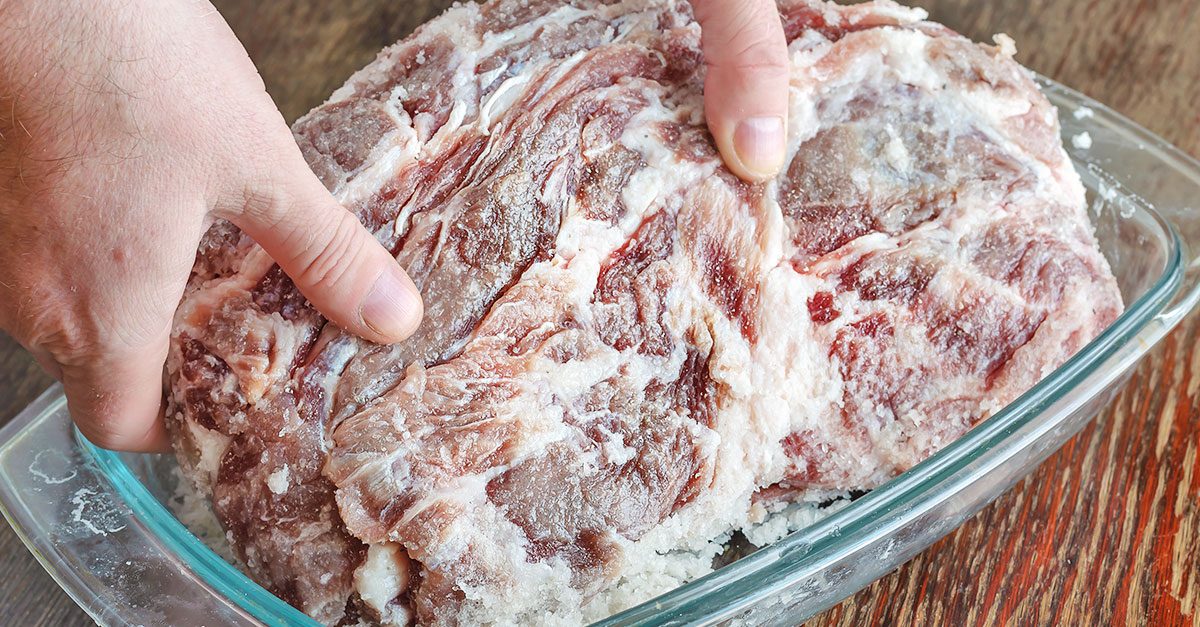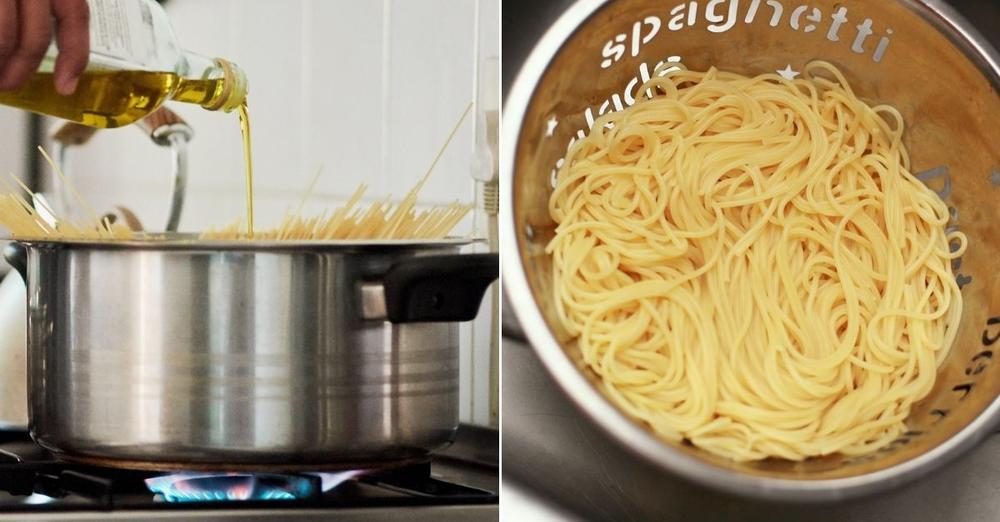Tiramisu: 10 mistakes not to make
Greedy, soft, fluffy and irresistible; what are we talking about? Tiramisu, of course! One of the most loved desserts, a great patisserie classic and undoubtedly also one that have many variants; in fact many types of tiramisu can be prepared, all different and all very greedy, from fruit tiramisu to pandoro-based tiramisu - yes, you read that right! - very easy and above all greedy.
;Resize,width=742;)
Greedy, soft, fluffy and irresistible; what are we talking about? Tiramisu, of course! One of the most loved desserts, a great patisserie classic and undoubtedly also one that have many variants; in fact many types of tiramisu can be prepared, all different and all very greedy, from fruit tiramisu to pandoro-based tiramisu – yes, you read that right! – very easy and above all greedy! But what are the mistakes not to make to prepare a perfect tiramisu? Mascarpone cheese yes or no? Ladyfingers or Pavesini? Pasteurized eggs or not? If you are about to try to prepare your best tiramisu ever, follow our advice and be careful not to make these mistakes!
The eggs

Eggs are an important ingredient in the kitchen and perhaps even more important in patisserie; to use them at their best, however, you must be careful. The eggs should not be washed with water but they must be cleaned with a dry cloth; the shell must never come into contact with water, ever. They must be always used – you got it right – at room temperature so for a good tiramisu be careful to take them out of the refrigerator thirty minutes before starting to blend, whip and sweeten!
Pasteurized egg yolks

In the tiramisu recipe both egg yolks and egg whites are used; do you know that the best way to eliminate any bacteria is to pasteurize your eggs? Don't panic, we'll tell you how to do it; once the egg yolks and egg whites have been separated, you will need to add 50 grams of sugar to the egg yolks and work them with whips. Then dissolve an additional 50 grams of sugar in 25 grams of water by heating them over low heat in a saucepan; it must reach 121 degrees C (you will need a cooking thermometer). Pour the syrup over the egg yolks, continuing to work them with the whisk until they are well blended. At this point your egg yolks are ready to be whipped with the remaining sugar and be the protagonists of the perfect tiramisu!
Which base to use?

When we talk about the basis of tiramisu it is not entirely correct to speak of mistakes, perhaps better to define them “preferences”. The biscuits most used for tiramisu are the ladyfingers and not surprisingly; they are tall enough to soften in the coffee without crushing, ruining the tiramisu! As an alternative to the ladyfingers you can choose some more delicate Pavesini or, if you are in “the greedier the better" mood, use some slices of pandoro left over from the Christmas holidays. The most sophisticated pastry chefs can also choose a sponge cake disc, and there they are never wrong!
Mascarpone cheese must be worked

No one here will object to the presence of mascarpone cheese in tiramisu but how to use it at its best? If you feel like an expert pastry chef or you just want to experiment, you can prepare it at home by following our super easy recipe; all you will need is cream, lemon juice and a little attention! Alternatively you can buy the one already made that you can find in the refrigerated counters of a supermarket; in any case the mascarpone cheese must be used at room temperature and above all it must be worked before being combined with the other ingredients; the mascarpone cheese must become a cream, to do it you just need a spoon!
Ingredients temperature

You may have guessed it but repeating it can only do you good; the ingredients of the tiramisu, whatever you choose, must be processed at room temperature. The characteristic of tiramisu is that it is soft and smooth as well as greedy; to make sure that the ingredients are whipped, and guarantee a perfect result, they must absolutely not be used cold from the refrigerator. Just be smart; 30 minutes before you start, get them all out!
Cream or egg whites?

Pastry chefs from all over the world have always struggled with this doubt; lovers of tradition have no doubts, however, in tiramisu there are egg whites, rigorously whipped with half the sugar present in the recipe. The greediest ones reply to tradition with cream which makes the tiramisu slightly heavier but perhaps even tastier, who knows!? Perhaps a precise rule is missing, so much that some pastry chefs even use ricotta cheese in tiramisu, yes you got it right!
The coffee

How to spoil a good tiramisu? Simple, with bad coffee! The coffee must be real coffee, no instant coffee or the like. Before soaking the biscuits, the coffee must be cold and possibly unsweetened, since tiramisu is already very sweet on its own. If you really want to prepare a suitable tiramisu also for the little ones or for those who do not like caffeine, you can use barley coffee but the result is not always convincing!
How to soak the biscuits

The perfect tiramisu is a balance between soft elements and fluffy elements, but be careful. The base must be wet but the biscuits must not crush for too much coffee; place the cold coffee in a small bowl and pass the ladyfingers for 2 seconds, the right time for them to get wet without getting too soaked and crushed.
Resting time is necessary

In patisserie you need patience, you know this. For this reason you must learn the art of patience, if you want to enjoy a perfect tiramisu; it must be served strictly cold! Place your tiramisu in the refrigerator and let it rest for at least 3 or 4 hours before serving it, don't let haste ruin your dessert.
Yes to bitter cocoa powder, but not too much

How to spoil a good tiramisu? With a dose of bitter cocoa powder that more than to cheer it risks to cement the palate! A dusting of bitter cocoa powder only on the surface is more than enough not to dry the mouths of your guests. Look for a good quality of bitter cocoa powder, cover the tiramisu with a light veil and put everything in the refrigerator, no intermediate layers for heaven's sake!
;Resize,width=767;)
;Resize,width=712;)
;Resize,width=712;)
;Resize,width=712;)
